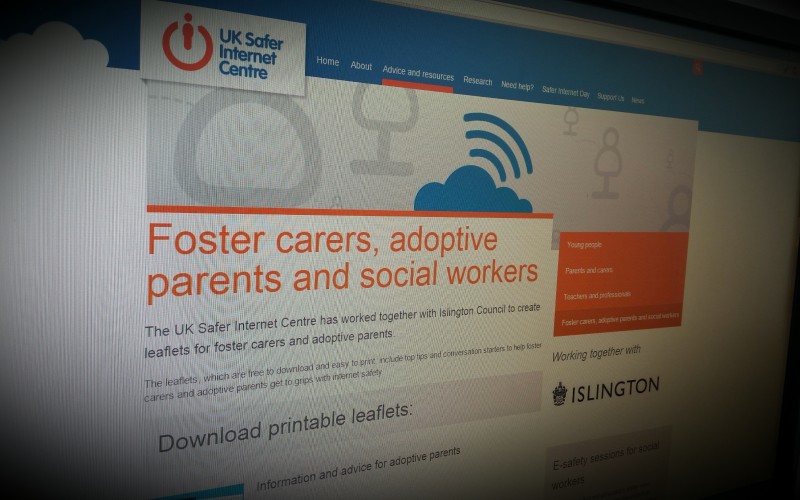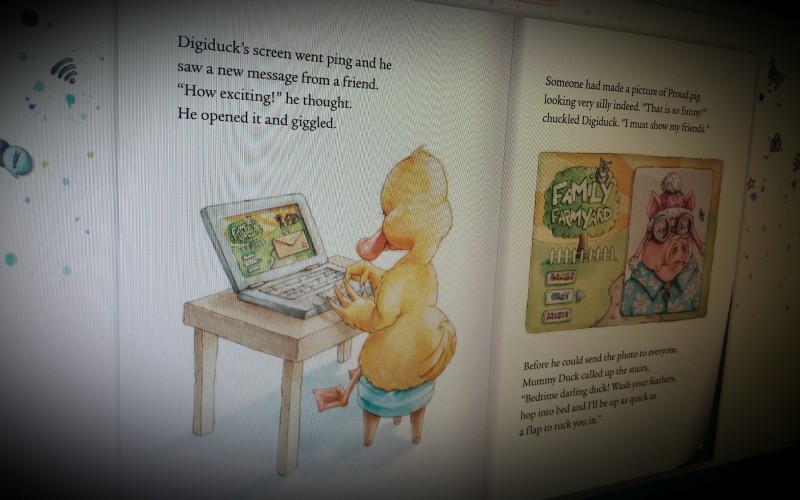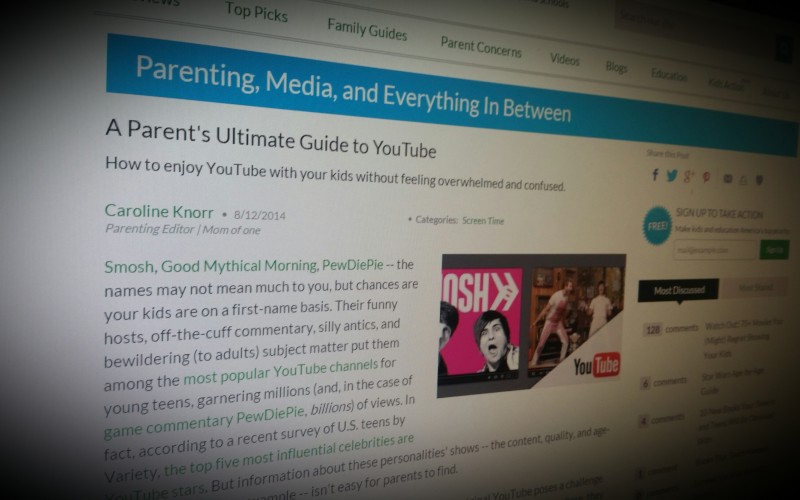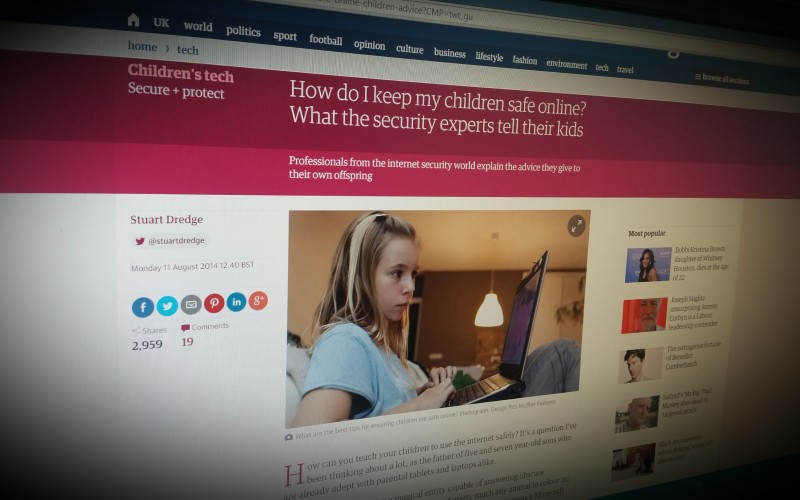Smosh, Good Mythical Morning, PewDiePie -- the names may not mean much to you, but chances are your kids are on a first-name basis. Their funny hosts, off-the-cuff commentary, silly antics, and bewildering (to adults) subject matter put them among the most popular YouTube channels for young teens, garnering millions (and, in the case ofgame commentary PewDiePie, billions) of views. In fact, according to a recent survey of U.S. teens by Variety, the top five most influential celebrities are YouTube stars. But information about these personalities' shows -- the content, quality, and age-appropriateness, for example -- isn't easy for parents to find.
Read more.






Comments
make a comment